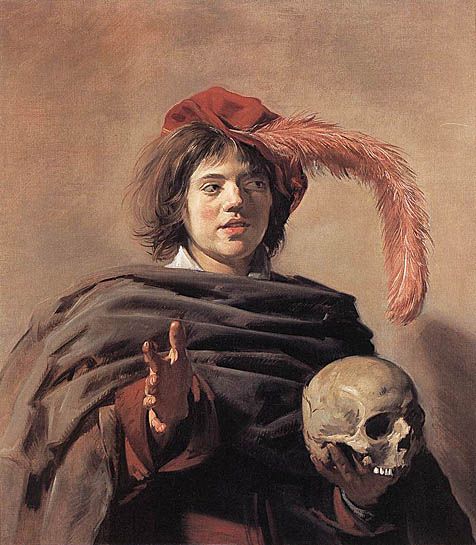Writing Children’s Literature
By: Zoe Zehentner
One of my dearest friend’s sister recently had a baby, and my friend, being the creative whizz she is, decided she wanted to create handmade children’s books for her nephew in Spanish, to better celebrate their colombian heritage. Me being an English major, I knew it was only a matter of time before she sought me out for advice. And sure enough…
“Zoe, can you teach me how to write children’s books?” Came the innocent question at lunch. I smiled over my plate and agreed, yes, I’d do my best. I found free time the next afternoon and started typing her an email. I was an English major, right?! I could instruct someone on how to write, right??! I didn’t know where to begin. After many failed drafts, I sat back frustrated. How could I possibly explain to someone via email all the little idiosyncrasies and rules and tools to use in order to write a book for children? It was entirely too large of a concept to explain to someone. And then it hit me. I opened a new email draft and started writing.
“You asked me about Children’s literature. What makes any book, or piece of literature ‘good,’ in my opinion, is the emotional impact of it. People go about finding that emotional impact in their story and characters and inflict it on their audiences in different ways. Obviously we need to care about your character, or characters in question, and setting and everything else definitely plays a role. But, as Maya Angelou once said, ‘I’ve learned that people will forget what you said, people will forget what you did, but people will never forget how you made them feel.’
The emotional impact a story has on us I’d like to think is for life. It’s a representation of our culture, our humanity, our sense of good and evil, and our lives. Why are there certain timeless classics that always make people cry? When Littlefoot’s mom dies in The Land Before Time, or when Bambi’s mom dies, or when the genie from Aladdin gets set free, we feel things: we might cry, we might laugh, we might celebrate. To create a good story, I believe in making your audience care about a character, have them go through something, and come out triumphant in the end. Some stories have them fail at the end, and that makes them even more sad. Some goals are bittersweet, like this cute animation I saw on Youtube about a Kiwi. Not the fruit, the bird. This Kiwi had a dream: to fly. He accomplished that dream in a poignant, wordless way, by nailing trees to the side of a cliff and then leaping off, so it looked like he was soaring far and wide above the world, until…he landed. I also believe in the power of wordlessness, especially in regards to children’s books, using illustrations and color to show, rather than tell. Words, obviously, are the point: to teach kids to read. Words, however, could be kept to a minimum, or be well-incorporated visually into the story.”
Wow, I was on a roll!
“The key to children’s lit, or any lit, really, is detail, and making a larger issue, like slavery or racism, for example, into a small issue. A kid can’t eat ice cream in a store because it’s a ‘whites only’ store, and he/she is black. Imagine the subtlety! Cramming something so large and something that spans across centuries in a small, one minute encounter with a store clerk. Minimizing the larger issues into poignant details like that, and maximizing the little details, (for example, having a character save a dog’s life they found at the side of the road, only narrating the story of this encounter from the perspective of the dog) is what truly makes a story.
Imagine the emotional impact of giving your lunch away to a starving homeless person. The message isn’t the act of kindness itself, but point to a larger issue, or in this case, a couple larger issues: homelessness, and starvation. The audience is left with the thought that the narrator may feel hungry until dinner, but the homeless person feels hungry all the time, except for those moments when they are treated with kindness at the behest of strangers. It is such a small gesture, and one that a normal, well fed person might shrug off, but is also something that means so much more, and becomes a huge/larger (macro-issue) for this starving homeless person, and of course, our narrator. The holocaust, for example, is a huge issue that needs to be shrunk into a detail, like the short story “The Cage,” by Heinrich Böll does very effectively. Paying for a poor person’s medical bills is something that is a small, insignificant detail that affects only one, but is a huge thing for that one person. So, we take that small thing and make it big. Or make a big issue very, very small. And that’s my advice.”
Done. Sent.
And I was surprised by this mountain of text I had typed, because I had known this all along and never knew that I knew it. The answer to any creative writing piece is detail, like I talked about. And, you know, hard work.




